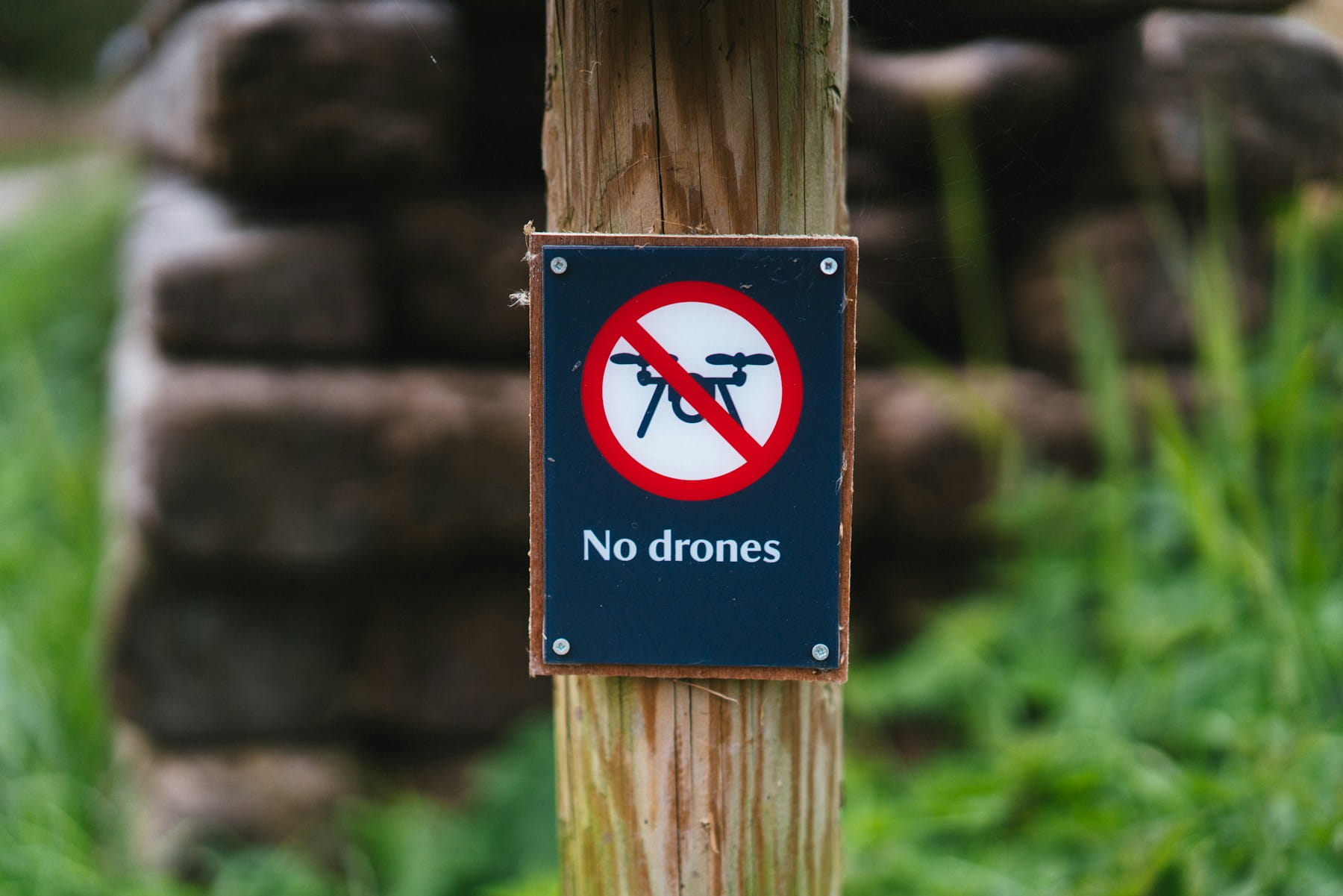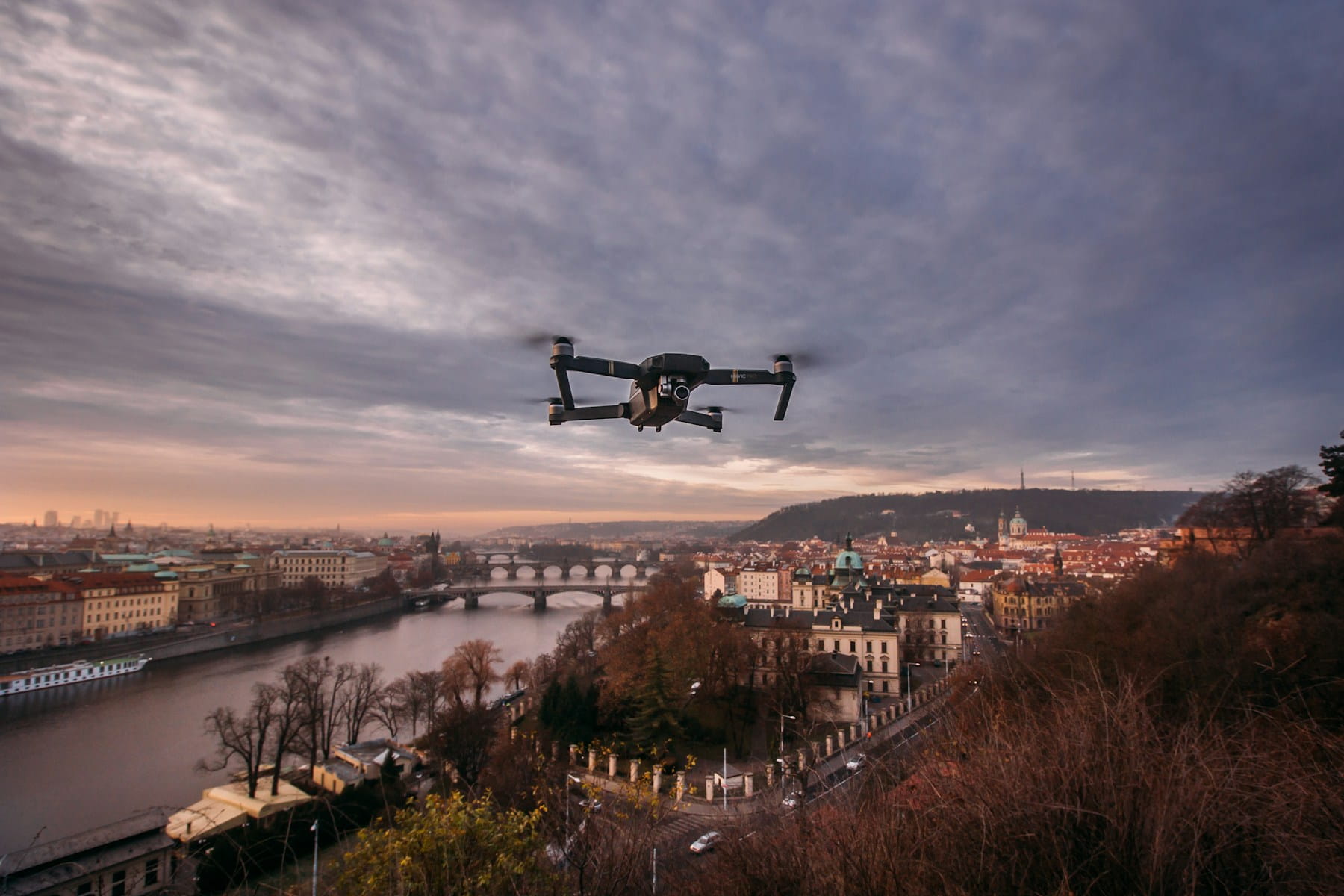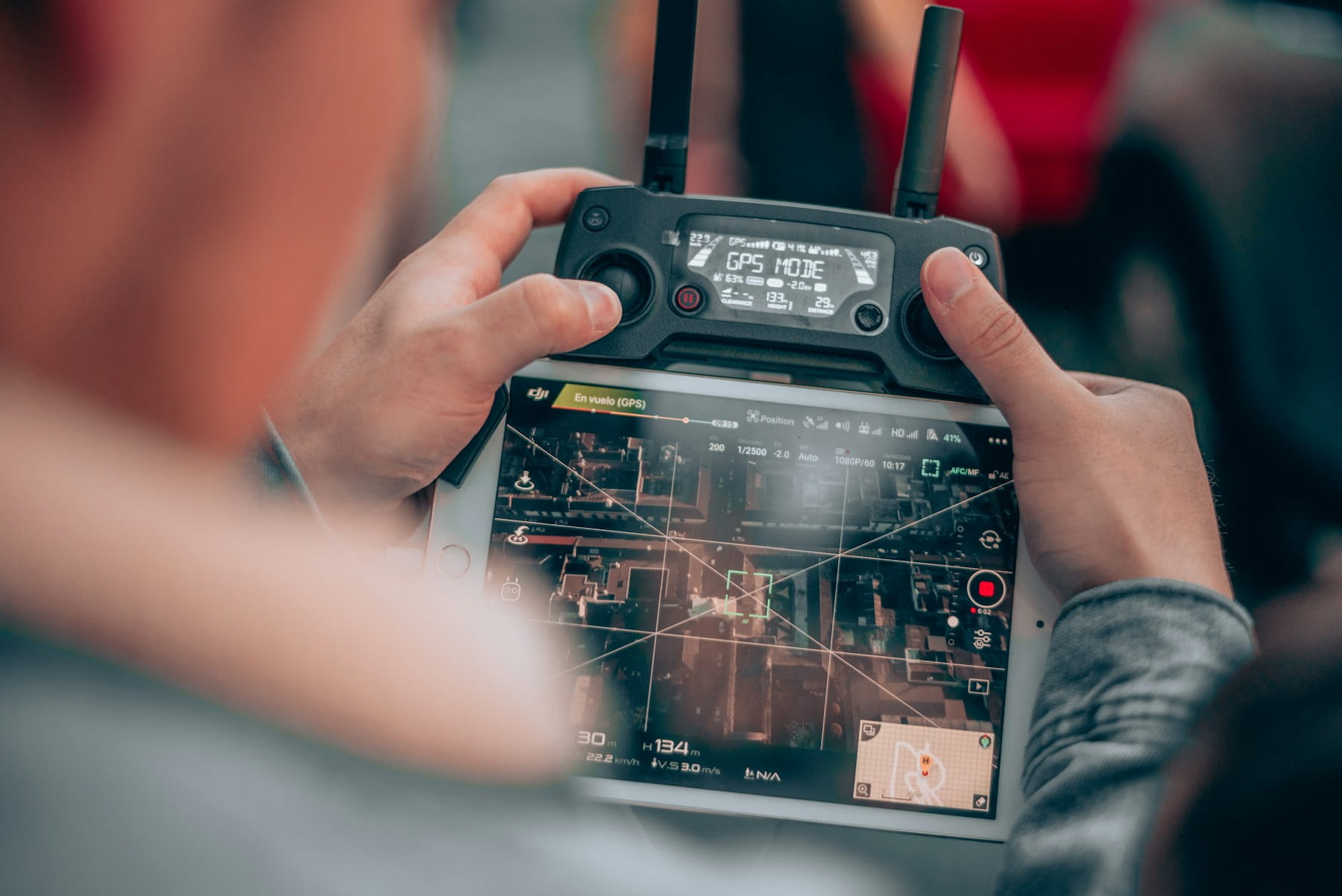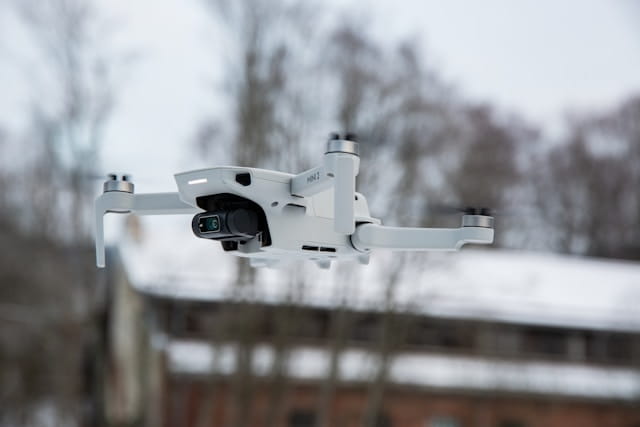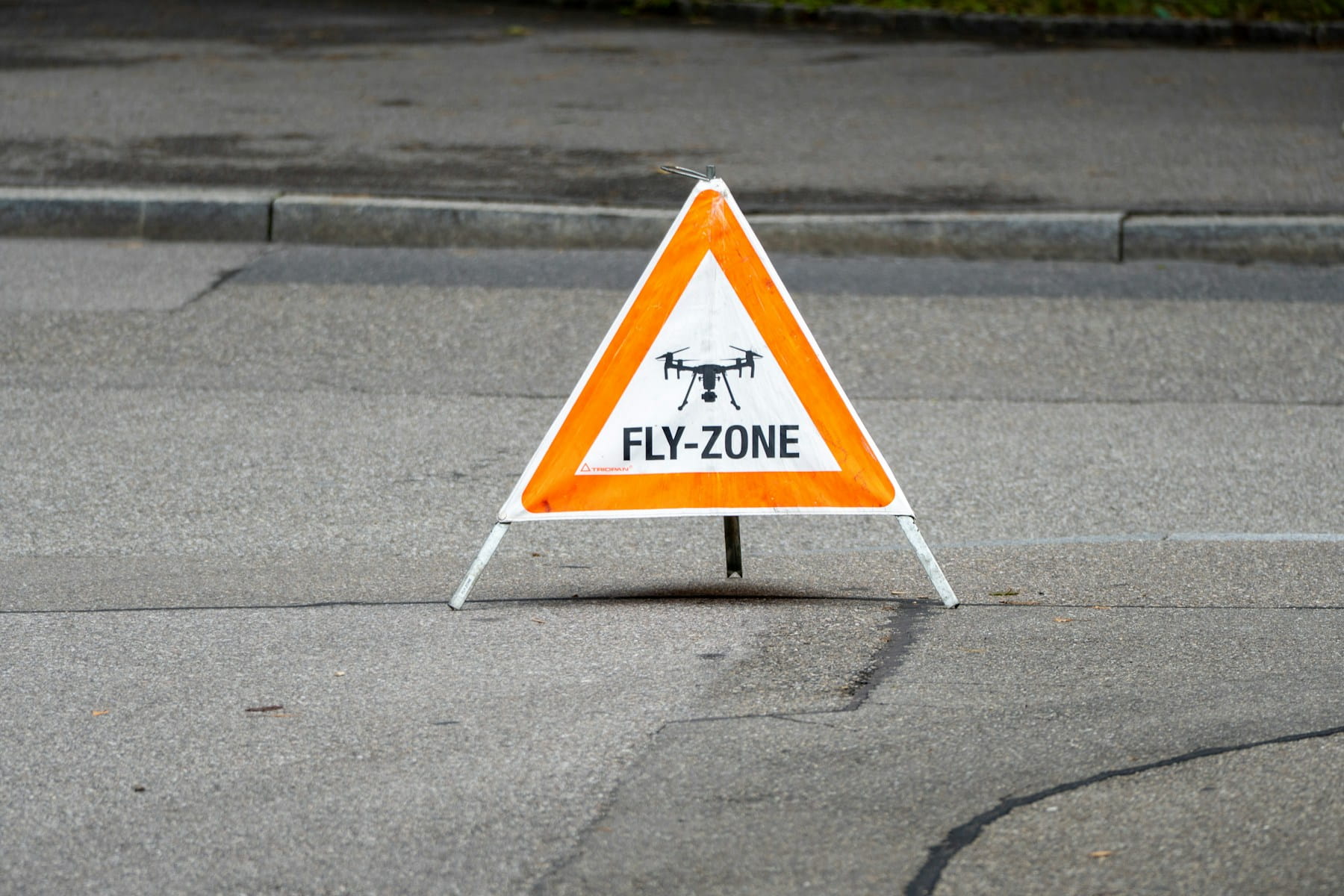What are EASA Drone Regulations?
EASA (European Union Aviation Safety Agency) drone regulations are a harmonized framework established under EU Regulation 2019/947 that governs unmanned aircraft operations across European member states. These regulations categorize drone operations into Open, Specific, and Certified categories based on risk levels, defining requirements for pilot competency, aircraft registration, operational limitations, and safety procedures to ensure safe integration of drones into European airspace.
Flying drones commercially across European airspace requires strict adherence to a complex regulatory framework that has evolved dramatically over the past few years. The European Union Aviation Safety Agency (EASA) has established comprehensive rules that apply to all member states, creating a harmonized approach to unmanned aircraft systems (UAS) operations.
The regulatory landscape can feel overwhelming for both new and experienced operators. Different weight categories, operational scenarios, and geographic considerations all play critical roles in determining compliance requirements. Getting it wrong isn't just about paperwork—violations can result in significant fines and operational shutdowns.
Table of contents
- Understanding EASA drone categories
- Open category operations
- Specific category operations
- Certified category operations
- Remote pilot competency requirements
- Registration and marking requirements
- Remote ID implementation
- Operational limitations and restrictions
- Insurance requirements
- Risk assessment procedures
- Documentation and record keeping
- Geographic variations within the EU
- Frequently asked questions
- Implementation considerations
- In summary
Understanding EASA drone categories
EASA has structured European drone regulations around three primary operational categories under EU Regulation 2019/947. Each category defines different compliance requirements based on the level of risk associated with the intended operations.
The Open Category covers the majority of commercial operations, particularly those involving lower-risk activities like aerial photography, basic inspections, and mapping projects. This category applies to drones under 25 kilograms operating within visual line of sight with minimal restrictions on people and property.
The Specific Category applies to operations that present higher risk levels or don't fit within Open Category parameters. This includes flights over crowds, beyond visual line of sight operations, or missions using heavier aircraft. Operations in this category require individual authorizations from national aviation authorities.
The Certified Category involves the highest risk operations, typically requiring type certification for both the aircraft and operator. Think airline-level operations carrying people or dangerous goods over populated areas.
Most commercial drone operators find themselves working primarily within the Open and Specific categories. The Certified Category remains relatively uncommon for typical commercial applications.
Open category operations
Open Category operations are subdivided into three subcategories: A1, A2, and A3. Each subcategory has specific aircraft requirements, operational limitations, and pilot competency standards that operators must understand before conducting flight planning.
A1 subcategory operations
A1 operations allow flights over uninvolved persons using drones under 250 grams or C0/C1 class drones. These operations can occur in populated areas but require maintaining safe distances from people whenever possible.
The aircraft must either weigh less than 250 grams or carry C0 or C1 class marking. Pilots need A1/A3 competency certificates obtained through online training and examination.
A2 subcategory operations
A2 operations permit flights near (but not over) uninvolved persons using drones under 4 kilograms or C2 class aircraft. These operations require maintaining minimum horizontal distances from people—typically 30 meters, reducible to 5 meters with additional training.
Pilots must hold A2 competency certificates, which require both theoretical knowledge testing and practical flight demonstration. The practical component involves demonstrating manual flight skills without automated assistance.
A3 subcategory operations
A3 operations occur in areas where uninvolved persons are not expected, using drones under 25 kilograms. These operations must maintain at least 150 meters distance from residential, commercial, industrial, and recreational areas.
The A1/A3 competency certificate suffices for A3 operations, making this subcategory accessible to pilots with basic theoretical training.
Specific category operations
Specific Category operations require individual risk assessments and authorizations from national aviation authorities. The application process involves demonstrating how operational risks will be mitigated to acceptable levels.
The Specific Operations Risk Assessment (SORA) methodology provides a structured approach for evaluating operational risks. SORA considers factors like aircraft reliability, operational environment, human factors, and emergency procedures.
Standard scenarios
EASA has developed Standard Scenarios (STS) that provide pre-approved operational parameters for common specific category operations. Currently available scenarios include:
- STS-01: Visual line of sight operations over controlled ground area
- STS-02: Beyond visual line of sight operations with airspace observers
Standard scenarios streamline the authorization process by providing predetermined acceptable means of compliance. Operators can reference these scenarios in their applications, reducing approval timelines.
Light UAS Operator Certificate (LUC)
Operations involving multiple aircraft, complex procedures, or frequent specific category flights may require a Light UAS Operator Certificate. The LUC demonstrates an operator's capability to manage higher-risk operations safely and consistently.
LUC holders benefit from simplified authorization processes for subsequent specific category applications. The certificate also demonstrates organizational competency to clients and regulatory authorities, supporting fleet operations.
Certified category operations
Certified Category operations require aircraft type certification, operator certification, and pilot licensing similar to traditional aviation. These operations typically involve passenger transport, cargo flights over populated areas, or other high-risk scenarios.
The certification process is extensive and expensive, making it suitable only for operators with significant operational scale and specialized requirements. Most commercial drone applications don't require certified category approval.
Remote pilot competency requirements
All commercial drone operations require demonstrated pilot competency through formal certification programs. The specific requirements depend on the intended operational category and subcategory, similar to obtaining an FAA drone license in the United States.
A1/A3 competency certificate
The A1/A3 certificate covers basic theoretical knowledge including:
- Aviation regulations and requirements
- Aircraft performance and limitations
- Weather interpretation and decision-making
- Flight planning and risk assessment
- Human factors and crew resource management
The examination consists of 40 multiple-choice questions with a 75% passing score. Training materials are available through national aviation authorities and approved training organizations.
A2 competency certificate
The A2 certificate requires both theoretical knowledge and practical flight demonstration. The theoretical component builds upon A1/A3 knowledge with additional emphasis on:
- Advanced risk assessment techniques
- Emergency procedures and contingency planning
- Detailed regulatory compliance requirements
- Meteorological considerations for complex operations
The practical component involves demonstrating manual flight skills in various scenarios without automated assistance systems. Candidates must show proficiency in standard flight maneuvers, emergency procedures, and situational awareness.
Continuing competency requirements
Remote pilots must maintain current competency through ongoing training and periodic reassessment. Some national authorities require annual refresher training or continuing education credits, tracking pilot flight hours systematically.
Registration and marking requirements
Drone operators and aircraft require registration with national aviation authorities before commencing operations. Registration requirements vary based on aircraft weight and operational parameters.
Operator registration
Operators must register if they operate drones weighing more than 250 grams or equipped with cameras/sensors capable of collecting personal data. Registration involves providing contact information, insurance details, and operational intentions.
The operator registration number must be displayed on all operated aircraft, regardless of individual aircraft registration requirements. Proper equipment management includes maintaining current registration documentation.
Aircraft registration
Individual aircraft registration applies to drones weighing more than 25 kilograms or those operated in the specific or certified categories. Aircraft registration involves providing detailed technical specifications and airworthiness documentation.
Marking requirements
All registered drones must display appropriate markings including operator registration numbers and, where applicable, individual aircraft registration marks. Markings must be clearly visible and permanently affixed to the aircraft.
Remote ID implementation
Remote ID requirements are being phased in across European markets, requiring drones to broadcast identification and location information during flight. The implementation timeline varies by country and operational category.
Direct remote identification
Direct remote ID involves broadcasting identification signals that can be received by authorized personnel using standard detection equipment. The broadcast must include:
- Aircraft registration information
- Operator identification details
- Real-time position and altitude data
- Emergency status indicators
Network remote identification
Network remote ID transmits identification information through internet connections to centralized databases accessible by aviation authorities. This approach works well in areas with reliable cellular or WiFi coverage.
Implementation timeline
Most European countries are implementing remote ID requirements progressively, starting with higher-risk operations and gradually expanding to all commercial activities. Operators should monitor national authority guidance for specific implementation dates in their operational areas.
Operational limitations and restrictions
European drone operations must comply with various airspace restrictions, environmental limitations, and operational boundaries. These restrictions help maintain aviation safety while accommodating diverse operational requirements.
Airspace restrictions
Drones must avoid controlled airspace around airports, military installations, and other sensitive areas unless specifically authorized. Many countries maintain online databases showing current airspace restrictions and temporary flight restrictions.
Environmental limitations
Operations must consider weather conditions, visibility requirements, and environmental factors that could affect flight safety. Wind speed limits, precipitation restrictions, and temperature considerations all influence operational decision-making for safe operations.
Privacy and security considerations
Drone operations must respect privacy rights and avoid sensitive installations like government buildings, military facilities, and critical infrastructure. Operators should develop procedures for handling inadvertent privacy intrusions and security concerns.
Insurance requirements
Most European countries require commercial drone operators to maintain liability insurance coverage. Minimum coverage amounts vary by country and operational risk level, typically ranging from €300,000 to several million euros.
Coverage types
Liability insurance typically covers third-party injury and property damage resulting from drone operations. Some policies also include coverage for privacy violations, data breaches, and operational interruptions.
Risk-based premiums
Insurance premiums reflect operational risk factors including aircraft weight, operational complexity, pilot experience, and safety management systems. Operators with comprehensive safety programs often qualify for reduced premiums.
Risk assessment procedures
Comprehensive risk assessment forms the foundation of compliant drone operations. Operators must identify potential hazards, evaluate risk levels, and implement appropriate mitigation measures through systematic risk assessment procedures.
Hazard identification
Risk assessments should consider all potential hazards including:
- Aircraft technical failures
- Human factors and pilot error
- Environmental conditions and weather
- Airspace conflicts with other aircraft
- Ground hazards and population density
- Data security and privacy concerns
Risk mitigation strategies
Effective mitigation strategies address identified risks through procedural controls, technical solutions, training programs, and operational limitations. Documentation should demonstrate how residual risks remain at acceptable levels.
Ongoing risk management
Risk management extends beyond initial assessments to include ongoing monitoring, incident reporting, and continuous improvement processes. Operators should regularly review and update their risk management procedures based on operational experience documented in flight reports.
Documentation and record keeping
Comprehensive documentation and record keeping support regulatory compliance while providing valuable operational data for continuous improvement initiatives across drone operations.
Required documentation
Operators must maintain records including:
- Pilot certificates and training records
- Aircraft registration and maintenance logs
- Insurance certificates and policy details
- Risk assessments and safety documentation
- Flight logs and operational reports
- Incident reports and corrective actions
Retention requirements
Documentation retention periods vary by country and record type, typically ranging from 3-7 years. Electronic storage systems must ensure data integrity, accessibility, and protection against unauthorized access.
Audit procedures
National aviation authorities conduct periodic audits to verify regulatory compliance and operational safety standards. Operators should maintain documentation in formats that facilitate efficient audit processes.
Geographic variations within the EU
While EASA regulations provide harmonized standards across the European Union, individual member states maintain authority over certain operational aspects and implementation details.
National variations
Common areas where national regulations differ include:
- Specific airspace restrictions and procedures
- Registration fee structures and processes
- Insurance requirements and minimum coverage levels
- Enforcement priorities and penalty structures
- Additional operational limitations or requirements
Cross-border operations
Operators planning flights across multiple European countries must research and comply with each jurisdiction's specific requirements. Some activities legal in one country may be restricted or require additional approvals in neighboring countries.
| Country | Registration Required | Min Insurance | Remote ID Status |
|---|---|---|---|
| Germany | >250g or camera | €1M | Phased implementation 2024-2025 |
| France | >800g | €760k | Mandatory for commercial ops |
| Netherlands | >250g | €1.5M | Testing phase |
| Italy | >250g or camera | €500k | Planned 2025 |
| Spain | >250g | €600k | Development phase |
Frequently asked questions
What license do I need to fly a drone commercially in Europe?
Commercial drone operations in Europe require an EASA remote pilot competency certificate corresponding to your operational category. For Open Category operations, you need either an A1/A3 certificate (online exam) or A2 certificate (exam plus practical test). Specific Category operations may require additional authorizations. Learn more in our guide on how to get an EU drone license.
Do US FAA Part 107 licenses work in Europe?
No, FAA Part 107 certificates are not valid for commercial operations in European airspace. You must obtain EASA-compliant competency certificates even if you hold a US drone license. However, some countries may offer streamlined processes for pilots with existing aviation credentials.
What is SORA and when do I need it?
SORA (Specific Operations Risk Assessment) is a methodology for assessing and mitigating risks in Specific Category operations. You need SORA when your operation doesn't fit within Open Category limitations, such as BVLOS flights, operations over people, or flights near airports.
Can I fly the same drone in different EU countries?
Yes, if your drone is registered and complies with EASA regulations, you can generally fly it across EU member states. However, check each country's specific restrictions, insurance requirements, and operational limitations before flying, as national variations exist despite harmonized regulations.
Implementation considerations
Successfully navigating European drone regulations requires systematic approaches that integrate compliance requirements with operational efficiency. Start by clearly defining your operational needs—understanding whether you'll operate in the Open or Specific category shapes your entire compliance strategy.
Invest in proper pilot training from EASA-approved organizations. While online A1/A3 certificates are accessible, comprehensive training programs provide deeper understanding of regulatory requirements and operational best practices that benefit long-term success.
Develop robust documentation systems from day one. Digital platforms that automate record-keeping, track pilot certifications, and maintain equipment logs significantly reduce administrative burden while ensuring audit readiness. Integration with operations software centralizes compliance activities.
Build relationships with your national aviation authority. Understanding their specific interpretation of EASA regulations and preferred authorization processes helps streamline approvals for Specific Category operations. Many authorities offer consultation services for operators developing new operational concepts.
Plan for Remote ID implementation now, even if not immediately required in your country. As requirements expand across Europe, retrofitting existing fleets becomes more complex and expensive than building Remote ID capabilities into initial equipment selections.
Consider insurance early in your planning process. Coverage requirements vary by country, and obtaining adequate insurance may take longer than anticipated. Work with brokers experienced in European drone operations to ensure appropriate coverage for your operational profile.
Enforcement and compliance monitoring
European aviation authorities actively enforce drone regulations through various mechanisms including random inspections, incident investigations, and public complaints. Understanding enforcement approaches helps operators maintain compliant operations and avoid costly penalties.
Violations can result in warnings, monetary fines, operational suspensions, or criminal charges depending on severity and circumstances. Financial penalties often scale based on violation type and operator size. Common violations include operating without proper pilot certification, flying in restricted airspace without authorization, failing to maintain required insurance coverage, operating non-compliant or unregistered aircraft, and inadequate record keeping.
Authorities use various methods to monitor compliance including remote ID systems, airspace monitoring technologies, public reporting mechanisms, and periodic operator audits. The proliferation of remote ID technology has significantly increased enforcement capabilities, allowing authorities to identify non-compliant operations more efficiently.
Establishing proactive compliance programs demonstrates commitment to safety and regulatory adherence. Regular internal audits, systematic documentation reviews, and ongoing pilot training create compliance cultures that reduce violation risks and demonstrate professionalism to clients and authorities alike.
In summary
European drone regulations under EASA provide a comprehensive framework that balances operational flexibility with safety requirements. Understanding the three operational categories—Open, Specific, and Certified—forms the foundation for compliance planning and business development.
The harmonized approach across EU member states simplifies multi-country operations compared to navigating entirely separate national regulatory systems. However, operators must remain aware of national variations that affect registration, insurance, and operational procedures.
Successful compliance requires more than passing competency exams. Building systematic approaches to risk assessment, documentation, and operational procedures creates sustainable frameworks that support business growth while maintaining regulatory adherence. As regulations continue evolving with U-space implementation and autonomous operations frameworks, operators with robust compliance systems will adapt more readily to changing requirements.
Ready to simplify your European drone compliance?
Managing EASA regulatory requirements across multiple countries and operational categories demands sophisticated operational systems. From pilot certification tracking to SORA documentation and cross-border compliance monitoring, professional drone operations need integrated platforms that handle complexity efficiently.
DroneBundle provides comprehensive compliance management tools designed for European drone operators. Track certifications, maintain regulatory documentation, automate flight logging, and manage multi-country operations from a single platform—ensuring you stay compliant while focusing on growing your business.
Start your free trial today — no credit card required.
Or book a demo to see how DroneBundle supports compliance management across European regulations.
